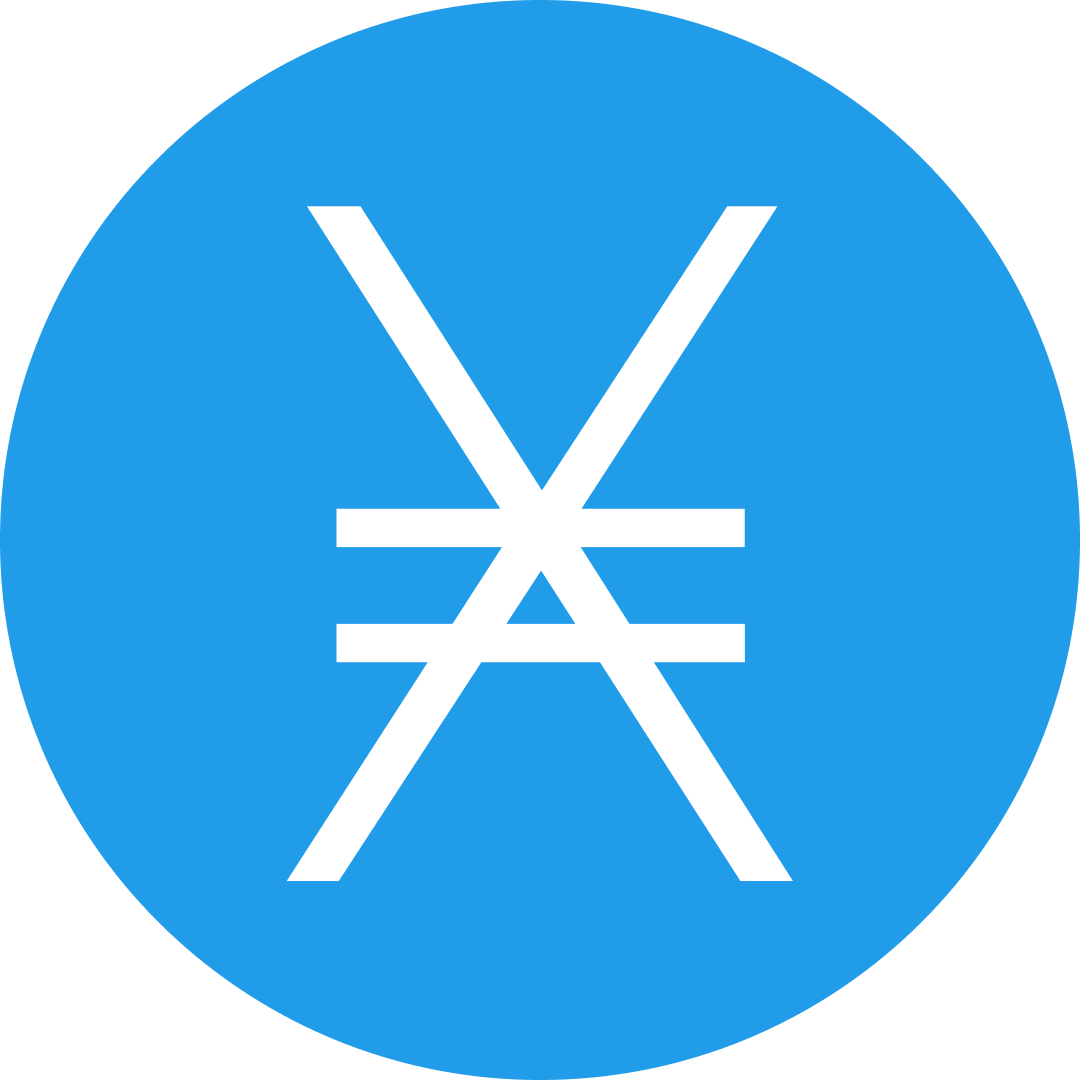-
 bitcoin
bitcoin $107015.826941 USD
-2.18% -
 ethereum
ethereum $3637.352324 USD
-5.18% -
 tether
tether $0.999831 USD
-0.02% -
 xrp
xrp $2.338078 USD
-6.23% -
 bnb
bnb $998.272150 USD
-6.97% -
 solana
solana $167.598257 USD
-10.12% -
 usd-coin
usd-coin $0.999863 USD
0.01% -
 tron
tron $0.282573 USD
-5.09% -
 dogecoin
dogecoin $0.169891 USD
-7.39% -
 cardano
cardano $0.557554 USD
-7.03% -
 hyperliquid
hyperliquid $39.914802 USD
-5.85% -
 chainlink
chainlink $15.414549 USD
-9.97% -
 bitcoin-cash
bitcoin-cash $510.361911 USD
-4.26% -
 ethena-usde
ethena-usde $0.999194 USD
-0.03% -
 stellar
stellar $0.282092 USD
-6.07%
Is KDJ a leading or lagging indicator?
The KDJ indicator, with its sensitive J line and divergence signals, acts as a leading tool in crypto trading by forecasting reversals before they occur.
Aug 04, 2025 at 11:15 pm
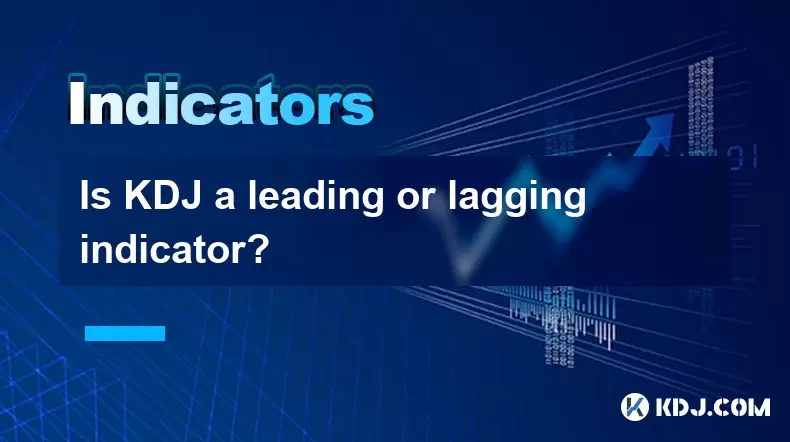
Understanding the KDJ Indicator in Cryptocurrency Trading
The KDJ indicator is a momentum oscillator widely used in technical analysis, particularly within the cryptocurrency trading community. It evolved from the Stochastic Oscillator, adapting its formula to include a third line known as the J line, which enhances sensitivity to price movements. The KDJ consists of three components: the %K line (fast stochastic), the %D line (slow stochastic or signal line), and the J line, which reflects the divergence between %K and %D. These lines fluctuate between 0 and 100, helping traders identify overbought and oversold conditions. The calculation involves comparing the current closing price to the price range over a specific period, usually 9 candles.
Because of its design, the KDJ reacts quickly to price changes, especially due to the J line, which can swing beyond the 0–100 range. This responsiveness raises the central question: is KDJ a leading or lagging indicator? The answer lies in its behavior relative to price action and its predictive capabilities.
What Defines a Leading Indicator?
A leading indicator is one that attempts to predict future price movements before they occur. These tools are designed to provide early signals, often based on momentum, volume, or sentiment shifts. In cryptocurrency markets, where volatility is high and trends can reverse rapidly, leading indicators are highly valued. Examples include Relative Strength Index (RSI), MACD histogram, and Bollinger Band width.
The KDJ indicator exhibits characteristics of a leading indicator because it measures momentum divergence. When the price makes a new high but the KDJ fails to surpass its previous high, this bearish divergence may signal an upcoming reversal. Similarly, a bullish divergence occurs when price hits a new low but KDJ forms a higher low, suggesting weakening downward momentum. These signals often appear before the actual trend change, positioning KDJ as a forward-looking tool in many trading strategies.
Why Some Consider KDJ a Lagging Indicator
Despite its predictive qualities, the KDJ is sometimes categorized as a lagging indicator due to its reliance on historical price data. The core calculation uses the highest high and lowest low over a lookback period, typically 9 candles. Because it depends on past extremes, the KDJ can react slowly when markets enter prolonged trends or experience sudden volatility. For instance, during a strong bull run in Bitcoin, the %K and %D lines may remain in overbought territory (above 80) for extended periods without signaling a reversal, causing false signals or delayed responses.
Moreover, the smoothing of the %D line (a moving average of %K) introduces additional delay. This smoothing is intended to reduce noise but can cause the indicator to lag behind actual price movements, especially in fast-moving crypto markets. Traders relying solely on KDJ crossovers—such as %K crossing above %D in oversold zones—may find entries too late, missing the optimal price point.
How the J Line Enhances Leading Properties
The J line is the key differentiator between the traditional Stochastic and the KDJ indicator. It is calculated as:
J = 3 × %K – 2 × %DThis formula amplifies the difference between the fast and slow lines, making the J line highly sensitive to short-term price shifts. When the J line spikes above 100 or plunges below 0, it often signals extreme momentum, which can precede trend exhaustion. For example, if Ethereum is rallying and the J line jumps to 120, this may indicate over-enthusiasm among buyers, hinting at a potential pullback even if price continues upward.
Traders use the J line to spot early reversal patterns. A rapid drop from above 100 back into the 80–100 range, while price is still rising, may serve as a leading warning of weakening bullish momentum. Conversely, a sharp rise from below 0 toward 20 during a downtrend could suggest accumulation is beginning. These signals occur before price confirms a reversal, reinforcing the leading nature of the KDJ when the J line is properly interpreted.
Practical Steps to Use KDJ as a Leading Indicator in Crypto Trading
To maximize the KDJ’s potential as a leading tool, traders should follow a structured approach:
- Open a crypto trading platform such as Binance, Bybit, or TradingView and load a price chart (e.g., BTC/USDT 4-hour).
- Navigate to the indicators section and search for “Stochastic” or “KDJ.” If KDJ is not available, manually set the Stochastic with %K period = 9, %D period = 3, and add a third line using the formula J = 3×%K – 2×%D.
- Adjust the overbought level to 80 and oversold to 20 to filter extreme conditions.
- Watch for divergences: if price makes a higher high but KDJ makes a lower high, prepare for a possible short entry.
- Monitor J line extremes: a J value above 100 in an uptrend suggests overextension; consider tightening stop-loss or taking partial profits.
- Combine KDJ signals with support/resistance levels or volume analysis to increase accuracy. For example, a bearish KDJ crossover at a key resistance zone in Solana adds confidence to a short position.
Avoid using KDJ in isolation. In choppy or sideways markets, it may generate whipsaws. Always confirm signals with price action, such as rejection candles or breakout failures.
Common Misinterpretations of KDJ Signals
Many traders misread KDJ due to oversimplification. One common error is treating overbought (above 80) as an automatic sell signal. In strong uptrends, KDJ can stay overbought for long periods. Selling solely based on this condition can lead to missed gains. Similarly, oversold (below 20) does not guarantee a bounce—it may indicate continued selling pressure.
Another pitfall is ignoring the J line’s volatility. Because it can swing wildly, traders might react to a single spike without context. Instead, focus on sustained J line movements and their alignment with %K and %D crossovers. For instance, a %K/%D bullish crossover combined with J rising from below 0 is more reliable than a crossover alone.
Lastly, timeframe selection is critical. On lower timeframes like 5-minute charts, KDJ generates frequent signals, many of which are noise. Using it on 1-hour or higher timeframes improves signal quality and reduces false triggers.
Frequently Asked Questions
Q: Can KDJ be used effectively in ranging cryptocurrency markets?Yes, KDJ performs well in sideways or consolidating markets where price oscillates between clear support and resistance. In such environments, overbought and oversold signals are more reliable. Traders can go long when %K crosses above %D below 20 and short when %K crosses below %D above 80, provided price is respecting channel boundaries.
Q: How does volatility affect KDJ accuracy in crypto trading?High volatility can cause spikes in the J line and rapid crossovers, increasing false signals. To mitigate this, traders can lengthen the lookback period from 9 to 14 or combine KDJ with volatility filters like ATR. Avoid trading KDJ signals during major news events or pump-and-dump scenarios.
Q: Should I adjust KDJ settings for different cryptocurrencies?Yes, altcoins with higher volatility (e.g., Dogecoin, Shiba Inu) may require a longer %K period (e.g., 14) to reduce noise. Stablecoins or large caps like Bitcoin can use default 9-period settings. Always backtest adjustments on historical data before live trading.
Q: Is KDJ suitable for automated trading bots?KDJ can be programmed into bots, but caution is needed. Simple crossover strategies often fail due to lag and whipsaws. Better results come from coding divergence detection and J line thresholds with confirmation from other indicators like volume or moving averages.
Disclaimer:info@kdj.com
The information provided is not trading advice. kdj.com does not assume any responsibility for any investments made based on the information provided in this article. Cryptocurrencies are highly volatile and it is highly recommended that you invest with caution after thorough research!
If you believe that the content used on this website infringes your copyright, please contact us immediately (info@kdj.com) and we will delete it promptly.
- ZKsync Tokenomics: Utility Shift or Just Another Altcoin Bounce?
- 2025-11-05 00:40:13
- BTC, UK, Treasury Plan: Smarter Web's Bold Bitcoin Bet
- 2025-11-05 01:00:17
- Veterans Day Salute: Army & Air Force Exchange's Coin Giveaway and More!
- 2025-11-05 01:30:12
- Altcoin Investment in 2025: Is BlockchainFX Outperforming Render and Pudgy Penguins?
- 2025-11-05 01:30:12
- Sequans, BTC, and the Selling Stack: A Bitcoin Treasury Strategy Under Scrutiny
- 2025-11-05 02:20:01
- Blockchain Gaming: Digital Assets Unlock New Value and Combat Bots
- 2025-11-05 01:10:02
Related knowledge

Technical analysis for crypto: using RSI and MACD to find trading signals.
Nov 03,2025 at 03:18pm
Decentralized Exchanges Are Reshaping Trading Dynamics1. Decentralized exchanges (DEXs) have gained significant traction by eliminating intermediaries...
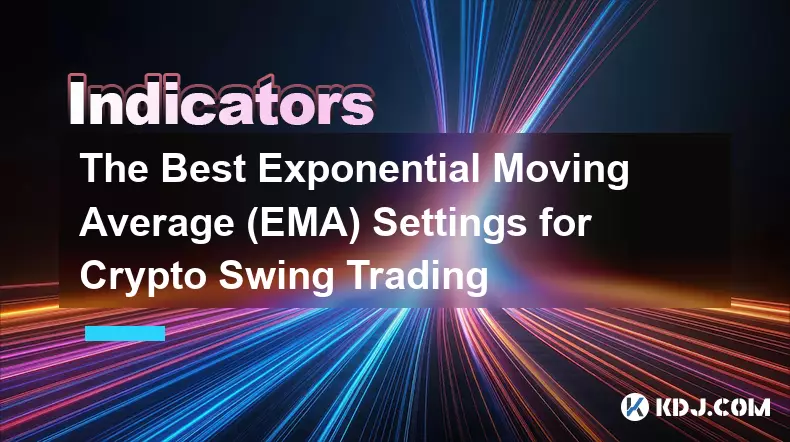
The Best Exponential Moving Average (EMA) Settings for Crypto Swing Trading
Oct 25,2025 at 04:55pm
The Best Exponential Moving Average (EMA) Settings for Crypto Swing TradingSwing trading in the cryptocurrency market relies heavily on identifying tr...
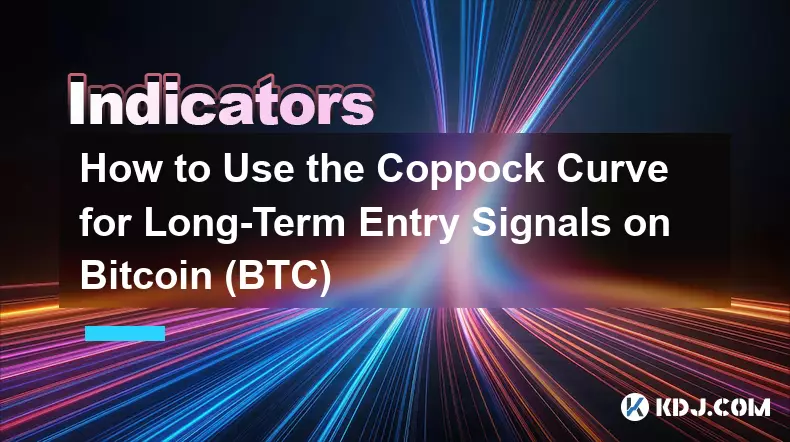
How to Use the Coppock Curve for Long-Term Entry Signals on Bitcoin (BTC)
Oct 31,2025 at 03:01pm
Understanding the Coppock Curve in Bitcoin Analysis1. The Coppock Curve is a momentum indicator originally designed for stock market indices but has f...
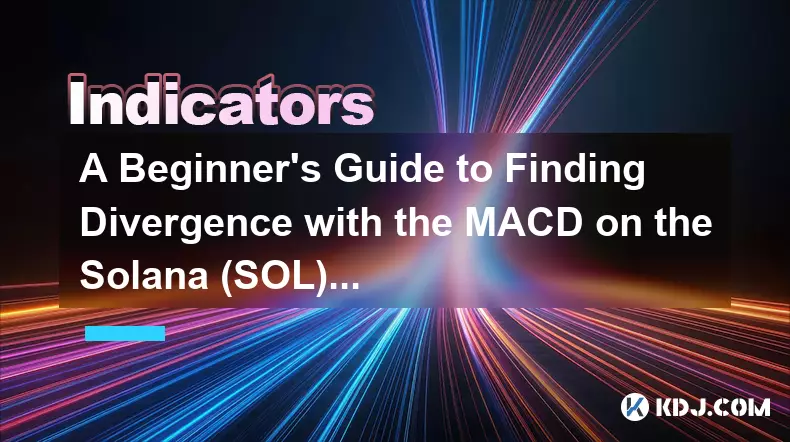
A Beginner's Guide to Finding Divergence with the MACD on the Solana (SOL) Chart
Oct 26,2025 at 12:36pm
Understanding MACD and Its Role in Solana Trading1. The Moving Average Convergence Divergence (MACD) is a momentum indicator widely used in cryptocurr...
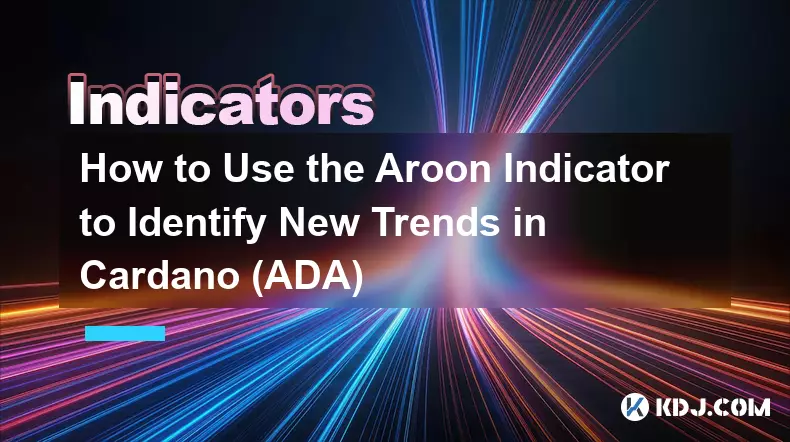
How to Use the Aroon Indicator to Identify New Trends in Cardano (ADA)
Oct 26,2025 at 10:18pm
Understanding the Aroon Indicator in Cryptocurrency Trading1. The Aroon indicator is a technical analysis tool designed to identify whether an asset i...
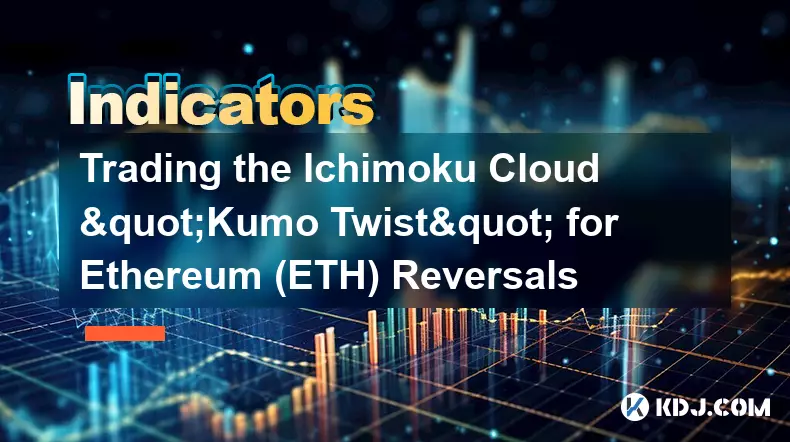
Trading the Ichimoku Cloud "Kumo Twist" for Ethereum (ETH) Reversals
Oct 27,2025 at 01:54am
Understanding the Ichimoku Cloud and Its Components1. The Ichimoku Cloud, also known as Ichimoku Kinko Hyo, is a comprehensive technical analysis tool...

Technical analysis for crypto: using RSI and MACD to find trading signals.
Nov 03,2025 at 03:18pm
Decentralized Exchanges Are Reshaping Trading Dynamics1. Decentralized exchanges (DEXs) have gained significant traction by eliminating intermediaries...

The Best Exponential Moving Average (EMA) Settings for Crypto Swing Trading
Oct 25,2025 at 04:55pm
The Best Exponential Moving Average (EMA) Settings for Crypto Swing TradingSwing trading in the cryptocurrency market relies heavily on identifying tr...

How to Use the Coppock Curve for Long-Term Entry Signals on Bitcoin (BTC)
Oct 31,2025 at 03:01pm
Understanding the Coppock Curve in Bitcoin Analysis1. The Coppock Curve is a momentum indicator originally designed for stock market indices but has f...

A Beginner's Guide to Finding Divergence with the MACD on the Solana (SOL) Chart
Oct 26,2025 at 12:36pm
Understanding MACD and Its Role in Solana Trading1. The Moving Average Convergence Divergence (MACD) is a momentum indicator widely used in cryptocurr...

How to Use the Aroon Indicator to Identify New Trends in Cardano (ADA)
Oct 26,2025 at 10:18pm
Understanding the Aroon Indicator in Cryptocurrency Trading1. The Aroon indicator is a technical analysis tool designed to identify whether an asset i...

Trading the Ichimoku Cloud "Kumo Twist" for Ethereum (ETH) Reversals
Oct 27,2025 at 01:54am
Understanding the Ichimoku Cloud and Its Components1. The Ichimoku Cloud, also known as Ichimoku Kinko Hyo, is a comprehensive technical analysis tool...
See all articles








































































